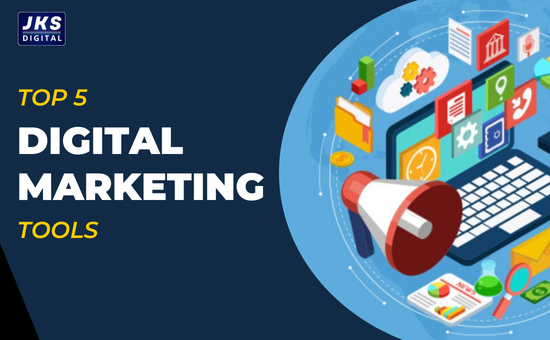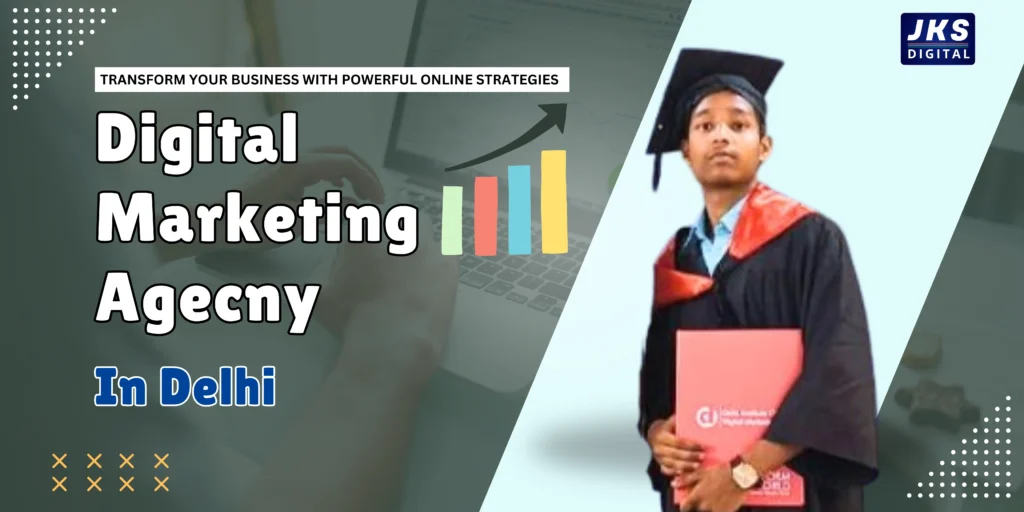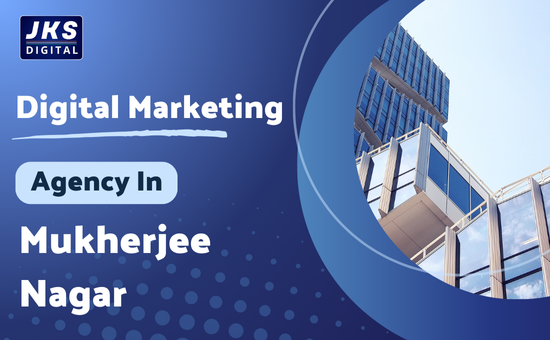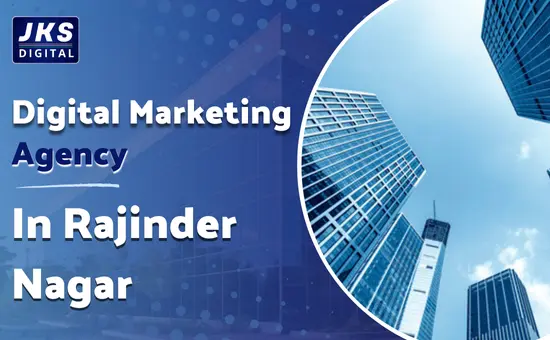Introduction to (SEO): As we step into 2025, the digital landscape continues to evolve, and so does Search Engine Optimization (SEO). With new algorithms, advanced AI, and changing user behaviors, businesses and content creators alike need to stay updated on the latest SEO techniques to remain visible in search results. This guide covers the essentials of SEO in 2025, providing insights into trends, techniques, and strategies to optimize your digital presence effectively.
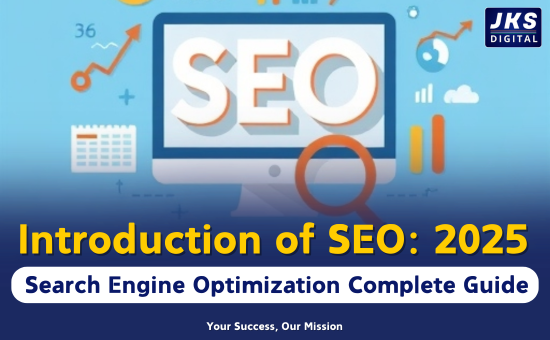
Table of Contents
- What is SEO?
- Why is SEO Important in 2025?
- Key Components of SEO in 2025
- Latest Trends and Updates
- Best Practices for On-Page SEO
- Off-Page SEO Strategies
- Technical SEO Essentials
- Content Optimization Tips
- The Role of AI and Automation in SEO
- How to Measure SEO Success
1. What is SEO?
Search Engine Optimization (SEO) is the practice of enhancing a website to improve its visibility on search engine results pages (SERPs). When a site appears higher in search results, it attracts more visitors, which can lead to increased engagement, conversions, and revenue.
Read also – Most Popular Strategies to Increase Blog Views
2. Why is SEO Important in 2025?
With more than half of all web traffic originating from organic search, SEO remains crucial in driving visibility. In 2025, SEO isn’t just about keywords and backlinks; it’s about creating a seamless user experience, producing high-quality content, and staying in sync with search engine algorithms.
Benefits of SEO in 2025:
- Increased Online Visibility: Appearing at the top of search results enhances brand recognition and authority.
- Higher Credibility: Users tend to trust organic search results over paid ads, making SEO an effective long-term strategy.
- Better User Experience: SEO practices improve site usability and content relevance, positively impacting visitor experience.
3. Key Components of SEO in 2025
SEO in 2025 has three main pillars:
- On-Page SEO: Optimizing content, headers, images, and keywords on individual pages.
- Off-Page SEO: Building authority through backlinks and social media engagement.
- Technical SEO: Ensuring fast load times, mobile compatibility, and secure connections (HTTPS).
Read also – Digital Marketing Strategies for Education Businesses: Your Guide to Success
4. Latest Trends and Updates
Here’s what’s trending in SEO for 2025:
- Voice and Visual Search Optimization: With the growth of voice-activated devices, optimizing for conversational queries is key.
- AI-Powered Search Algorithms: Google’s AI, including tools like BERT and MUM, understands context and nuances better, emphasizing the importance of high-quality content.
- Focus on E-A-T (Expertise, Authoritativeness, Trustworthiness): Google values reliable sources, so demonstrating authority in your niche is essential.
5. Best Practices for On-Page SEO
On-page SEO revolves around making each page as relevant and useful as possible. Some effective strategies include:
- Keyword Optimization: Use keywords naturally within headings, body text, and meta descriptions.
- Content Structure: Break up text with headers, bullet points, and short paragraphs for readability.
- Image Optimization: Use descriptive file names and alt tags to help search engines understand images.
6. Off-Page SEO Strategies
Off-page SEO focuses on external factors that influence your site’s reputation:
- Building Quality Backlinks: Collaborate with reputable sites in your industry to improve your credibility.
- Social Media Engagement: While not a direct ranking factor, social media activity can drive traffic to your site.
- Brand Mentions and PR: Generate buzz around your brand through mentions on other sites and media outlets.
Read also – Traditional Marketing vs. Digital Marketing: Choosing the Right Strategy for Your Business
7. Technical SEO Essentials
Technical SEO ensures search engines can easily find, crawl, and index your site. Here’s what to focus on:
- Site Speed: A fast-loading site is essential for both SEO and user experience. Aim for page loads under three seconds.
- Mobile Optimization: With more users searching on mobile, having a responsive, mobile-friendly design is non-negotiable.
- Structured Data (Schema Markup): Use schema markup to help search engines understand your content better, potentially leading to rich results.
8. Content Optimization Tips
Content remains the backbone of SEO. Here’s how to ensure your content is both high-quality and optimized:
- Answer User Intent: Create content that directly addresses common questions in your industry.
- Keep Content Fresh: Update older articles to include new information, keeping them relevant.
- Long-Form Content: In-depth articles generally perform better, as they cover topics comprehensively.
9. The Role of AI and Automation in SEO
AI tools are transforming SEO, allowing for more personalized content and advanced keyword analysis. In 2025, AI helps with:
- Content Creation and Curation: AI tools assist in creating drafts and suggesting keywords, saving time and ensuring relevancy.
- Analyzing Search Intent: AI can predict user needs more accurately, helping you tailor content to meet these expectations.
- Automating Repetitive Tasks: From meta tag updates to competitor analysis, automation simplifies many SEO tasks.
10. How to Measure SEO Success
Tracking your progress is vital to understanding the effectiveness of your SEO strategy. Some key metrics include:
- Organic Traffic: The number of users who visit your site from search engines.
- Keyword Rankings: Monitor how your targeted keywords rank in SERPs.
- Bounce Rate and Dwell Time: These metrics provide insight into how engaging your content is to users.
Read also – Digital Marketing Strategies for Small Businesses: JKS Digital
Conclusion
In 2025, mastering SEO involves more than just keyword placement. It’s about providing value, enhancing user experience, and staying updated on the latest trends and technologies. By following these guidelines, you can ensure your website remains relevant and accessible to your audience. Remember, SEO is a continuous process that requires consistent effort, so stay proactive and adapt as the digital landscape evolves.
To Read more such informative blogs, stay connected with JKS Digital.

